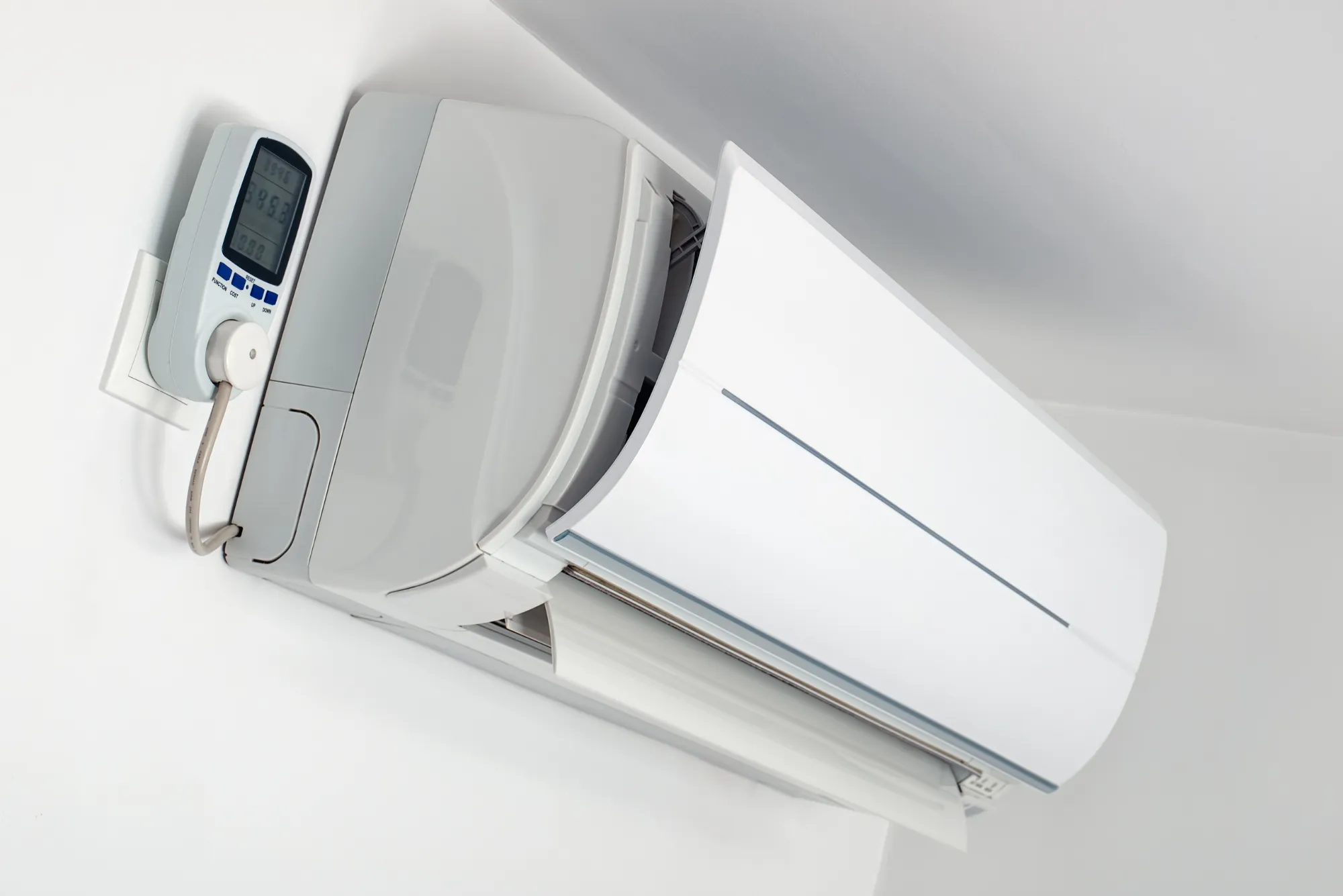Air conditioning units are an essential part of modern comfort, especially in hot climates. However, one often overlooked aspect of air conditioning maintenance is ensuring proper drainage. Without proper drainage, your AC unit can suffer from a variety of issues, from reduced efficiency to more serious mechanical problems. In this article, we will explore how to ensure your air conditioning unit’s drainage system works properly, why it’s important, and how you can maintain it for long-term performance.
Why Proper Drainage Matters in Air Conditioning Units
Air conditioners work by cooling the air and removing humidity from the room. This process creates condensation, which is collected and drained away. If the drainage system fails or becomes clogged, the water has nowhere to go, and that can lead to several problems, including:
Water leakage: A clogged drain pan can cause water to leak inside the unit or onto the floor, leading to potential damage to your walls, ceilings, and floors.
Mold and bacteria growth: Stagnant water in the drainage system is an ideal breeding ground for mold and bacteria, which can lead to health issues and unpleasant odors.
Reduced cooling efficiency: When drainage isn’t functioning properly, the AC unit has to work harder to cool the air, which leads to increased energy consumption and higher electricity bills.
Frozen coils and compressor damage: In severe cases, poor drainage can result in the formation of ice on the evaporator coils, which can lead to compressor failure and expensive repairs.
Therefore, ensuring your AC unit’s drainage is functioning properly is key to maintaining a healthy, efficient, and long-lasting system.
Common Drainage Problems in Air Conditioning Units
To understand how to prevent drainage problems, it’s essential to first recognize the common issues that can arise with air conditioner drainage systems. Here are a few of the most common problems:
Clogged Condensate Drain Line: The most common issue with AC drainage is a clogged condensate drain line. Over time, algae, dirt, and debris can accumulate in the drain line, causing a blockage. When this happens, the condensation has nowhere to go, and the water can back up into the unit.
Damaged Drain Pan: The drain pan collects excess water that drips off the evaporator coils. If the pan becomes cracked or rusted, it can cause leaks or allow water to pool around the unit.
Faulty Pump: Some air conditioning units, particularly in basements or other low-lying areas, use a pump to help push the water out of the unit. If the pump malfunctions, the water may not be properly drained.
Improper Installation: In some cases, improper installation of the AC unit can lead to drainage issues. For example, if the unit is not level, water may not flow properly into the drainage pan.
Steps to Ensure Proper Drainage in Your AC Unit
Now that we’ve covered the importance of proper drainage and common drainage issues, let’s discuss how to ensure your AC unit’s drainage is in good condition.
1. Regularly Inspect the Drain Line
One of the easiest ways to prevent drainage issues is by regularly inspecting the condensate drain line. If the drain line becomes clogged, it can prevent water from draining properly, leading to backups and leaks.
Check for Clogs: Use a wet/dry vacuum or a plumbing snake to clear any blockages in the drain line. It’s a simple process that can save you from bigger headaches later.
Flush the Line: You can flush the drain line with a mixture of water and vinegar or a special AC drain cleaner. This helps to remove algae, mold, and dirt that can accumulate in the line over time.
2. Clean the Drain Pan
The drain pan under your AC unit is where the water collected from condensation goes before being drained away. Over time, the drain pan can become clogged with debris or even develop rust. Regularly cleaning the pan ensures that water flows smoothly into the drain line.
Remove Debris: Inspect the drain pan for leaves, dust, or any other debris. A simple wipe with a cloth can help keep the pan clean.
Check for Cracks: If you notice any cracks or rust spots in the pan, it’s essential to replace it. A damaged pan can cause water to leak into your home, which can lead to water damage and mold growth.
3. Ensure Proper Slope and Alignment
For your air conditioning unit to drain properly, it must be installed with the right slope. If the unit is not level, water will not drain away efficiently, and this can cause a range of problems, from water damage to inefficient cooling.
Check for Proper Installation: If you suspect your unit is not level, you may need to adjust the installation. If you’re unsure about how to do this, it’s best to consult with a professional HVAC technician.
4. Inspect the Pump (If Applicable)
If your air conditioning unit uses a pump to push water out of the system, make sure it’s functioning properly. A failing pump can cause water to back up in the system, leading to leaks and other issues.
Test the Pump: Listen for any strange noises coming from the pump, which could indicate that it’s not working properly. If you notice any issues, contact an HVAC professional to inspect and repair the pump.
5. Schedule Regular Maintenance
Regular maintenance is one of the most effective ways to ensure your air conditioning unit remains in good condition. Professional technicians can inspect your unit for drainage issues, clean the condensate drain line, and check the drain pan and pump.
Service Your Unit Annually: By scheduling an annual maintenance check-up, you can catch drainage issues early and avoid costly repairs down the line.
How AC Suppliers Can Help You Maintain Proper Drainage
Both O General AC suppliers and Midea AC suppliers offer high-quality air conditioning systems with features that promote efficient drainage. Choosing the right supplier for your AC unit can have a significant impact on your drainage system’s performance.
O General AC Suppliers: Known for their reliable air conditioning units, O General systems are designed with durable condensate drain systems to minimize the risk of clogs and leaks. Working with a reputable O General AC supplier ensures you get a high-quality product that offers efficient drainage and long-term performance.
Midea AC Suppliers: Midea offers a range of air conditioners that are engineered with advanced drainage technology. Their units are designed to prevent water buildup and ensure smooth drainage, reducing the chances of drainage-related issues. If you’re looking for an energy-efficient AC with an effective drainage system, Midea is a great option.
Choosing a supplier like O General or Midea ensures that you get an AC unit with a well-designed drainage system, minimizing the risk of issues down the line. Regular maintenance and the right product can go a long way in ensuring the longevity and efficiency of your unit.
Conclusion
Proper drainage is essential for the smooth operation and longevity of your air conditioning unit. By regularly inspecting the drainage system, cleaning the drain pan and line, ensuring proper installation, and scheduling professional maintenance, you can keep your AC unit functioning efficiently for years to come. Additionally, choosing reliable suppliers like O General and Midea can provide you with high-quality air conditioning units that are designed with optimal drainage systems in mind. Taking these steps will not only enhance the performance of your AC unit but also prevent costly repairs in the future.
By keeping an eye on your unit’s drainage system and addressing potential issues early, you can ensure your home stays cool and comfortable without the hassle of drainage problems.




